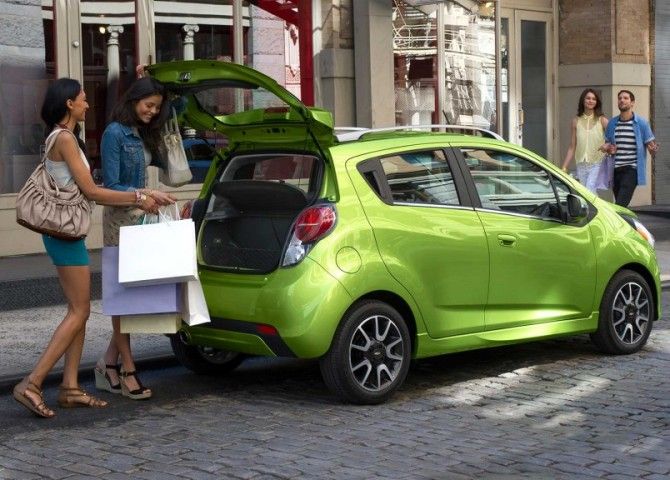
Keen to change popular perception about its brands and gain market share, the auto major is taking a close look at customer expectations
The fledgling twenty year old India operation of GM has triggered a rethink at the company’s Detroit headquarters.
The leadership team at the world’s third largest automobile company has decided to reposition itself in the crowded passenger vehicle market.
GM is rebuilding its line-up, keeping it young and developing customer care programmes to deepen relationships with car buyers in the country.
The exercise follows years of loss making operations, declining sales, recalls and a slow erosion of customer trust.
And to an extent, it is driven by the insatiable appetite for cars that the Indian market appears to have.
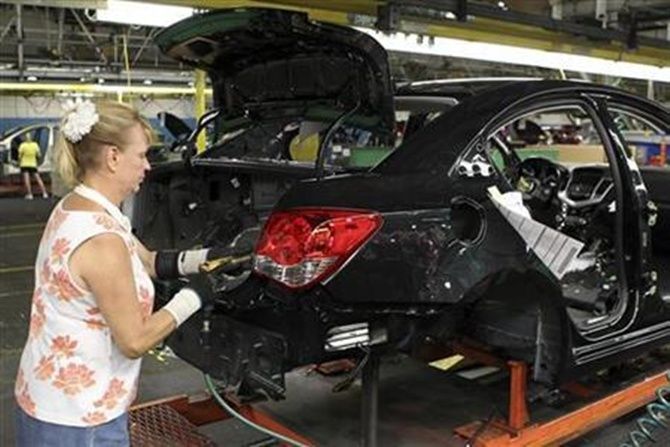
“The Indian market is expected to grow to eight million units by 2025.
"We want to be part of this growth”, GM Chief Executive Mary Barra said on her India visit last month when she announced closure of the Halol plant and capacity expansion at its Talegaon unit.
Barra said the company was restructuring and consolidating its Indian operations to build a sustainable business.
GM has invested $1 billion in the country since 1996 and has earmarked another billion dollar investment by 2020 by when it plans to launch a completely new product portfolio.
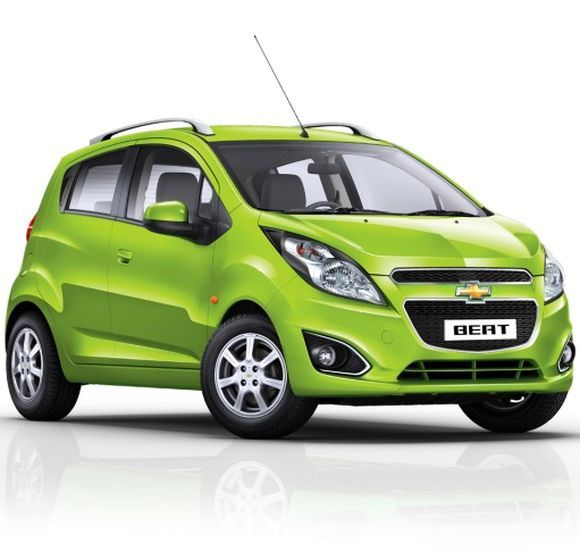
The oldest vehicle then would be less than three years old.
It also plans to phase out a few vehicles and produce 10 vehicles locally over the next five years, beginning with the SUV Trailblazer in October this year.
Its multipurpose vehicle Spin is due in early 2017.
But an expanded portfolio does not always increase market share.
GM currently has eight products, more than Honda’s six and five each for Ford and Volkswagen. But in volumes, it sells less than one-fifth of Honda and lower than both Ford and Volkswagen.
In terms of sales, GM slipped from eighth spot last year to eleventh in April-July period.
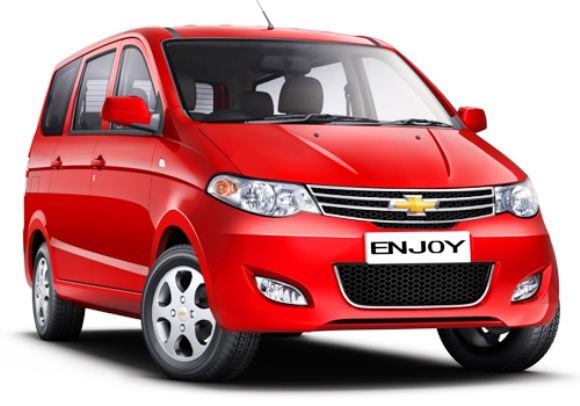
And, its market share eroded to 1.37 per cent from 2 per cent last year, which GM wants to grow to five per cent over next decade.
GM is not the only international player trying to fix its India story.
Fiat Chrysler Automobiles, the seventh largest automobile maker in the world, with less than a per cent market share in India, is doing the same. Kevin Flynn, president and managing director of Fiat Chrysler’s Indian operations said it is frustrating that the company has not reaped success.
“We are trying to understand the gaps and how to plug them.
We believe that we are worth more, and it is our job to make sure we now link with our customer base and raise our appeal in the broader market”, said Flynn.
GM seems to have identified what it needs to do next.
“In the past, we had products (but) we did not have the consistency of rolling out new products focused on the customer.
"We did not have consistency with regard to quality, which then caused inconsistencies with the supply base and challenges for the dealerships”, Barra told Business Standard.
GM’s operations have been hit by issues like large recalls.
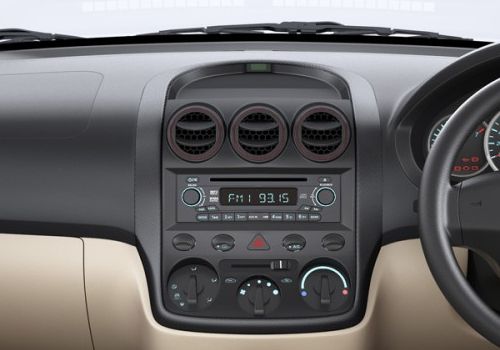
Last month, it announced its biggest recall in India, of 1,55,000 units of the Spark, Beat and Enjoy, manufactured between 2007 and 2014.
GM had earlier recalled 1,14,000 units of its sports utility vehicle, Tavera in July 2013.
The company has faced a series of labour strikes at Halol plant.
Arvind Saxena, president and managing director of GM’s India operations, said the company had not done a good job in the past.
“We are committed to fixing that. We are changing our behaviour”.
Early this month, Chevrolet (GM’s brand in India) launched a new customer care programme to enhance the experience of owning a Chevrolet car.
The programme offers features like assured low cost of maintenance, extended warranty, free pick up and drop to service cars of female customers and free 24/7 roadside assistance.
BVR Subbu, who successfully steered Hyundai’s India operations since inception in 1997 till 2006 said, “If GM wants to make a go in India, they have to stop being bureaucratic mazes of mediocrity. Everything else follows from there. There is no rocket science”. Plus, brand experts say the needs and wants of an Indian car buyer are unique.
“The buyer wants a sturdy and a functional car. An ultimate endorsement for a brand is when a buyer sticks to one brand even while purchasing his second or third car.
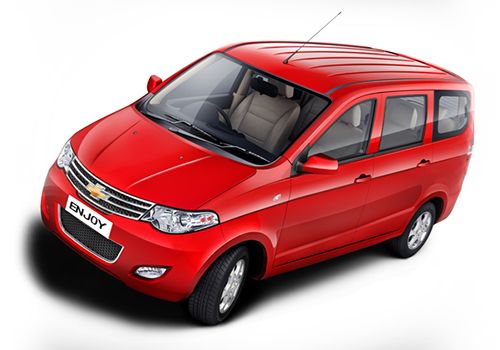
This has not been the case with companies like Fiat and GM”, said brand consultant Harish Bijoor.
SPEED BREAKERS
- Market share eroded to 1.37 per cent from 2 per cent last year
- Two recalls in three years; 1, 55,000 Chevrolet Spark, Beat and Enjoy vehicles in 2015 and 1, 14,000 Tavera sports utility vehicles in 2013
THE ROAD AHEAD
- Have a completely new line-up by 2020
- Develop a customer care programme
- Be consistent and build credibility for its brands










